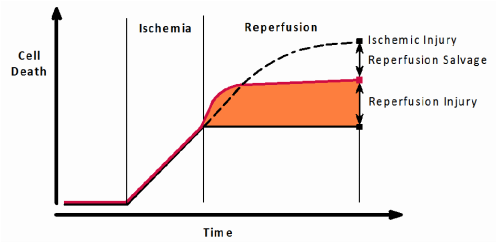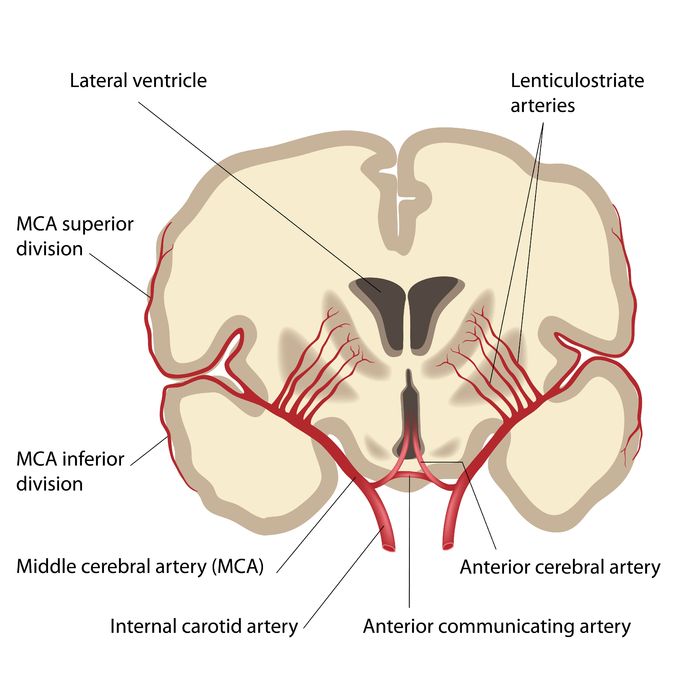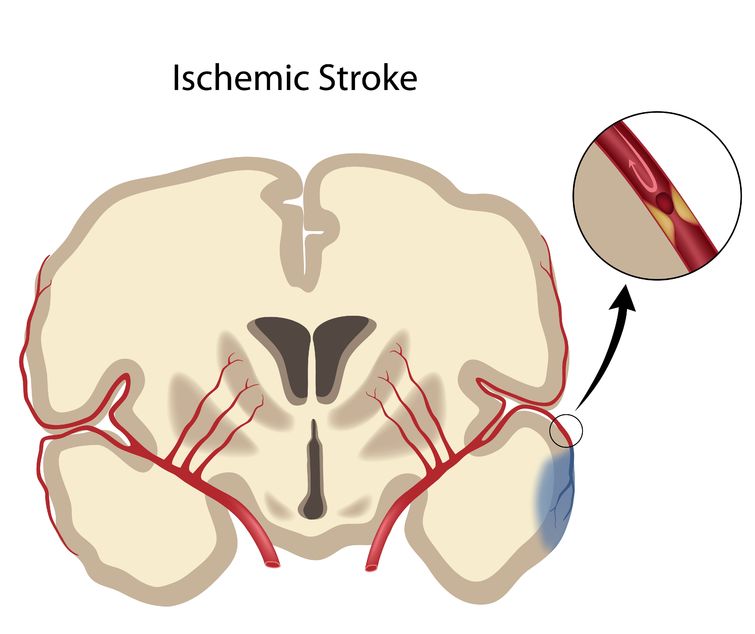
Reperfusion Injury
Re-establishing blood flow following a period of ischemia is essential to tissue salvage. However, this return of blood flow can cause additional damage. This reperfusion injury can account for as much as 50% of total injury.
Re-establishing blood flow following a period of ischemia is essential to tissue salvage. However, this return of blood flow can cause additional damage. This reperfusion injury can account for as much as 50% of total injury.
Why Hypothermia?
For decades clinicians have used various medical treatments that lower a patient's body temperature in order to help reduce the risk of reperfusion injury to tissue following a period of insufficient blood flow. Pre-clinical and clinical data show that even a modest reduction in temperature, as little as 2-3°C, can provide benefit. Therapeutic hypothermia should be initiated as soon as possible in patients facing possible ischemic injury as time moderates hypothermia’s effectiveness.
Although the exact way in which hypothermia helps saves tissue is unclear,hypothermia affects many mechanisms involved in reperfusion related cell death.
For decades clinicians have used various medical treatments that lower a patient's body temperature in order to help reduce the risk of reperfusion injury to tissue following a period of insufficient blood flow. Pre-clinical and clinical data show that even a modest reduction in temperature, as little as 2-3°C, can provide benefit. Therapeutic hypothermia should be initiated as soon as possible in patients facing possible ischemic injury as time moderates hypothermia’s effectiveness.
Although the exact way in which hypothermia helps saves tissue is unclear,hypothermia affects many mechanisms involved in reperfusion related cell death.



